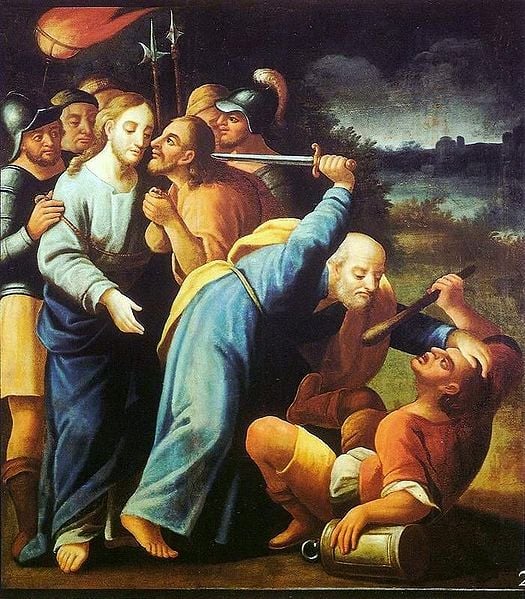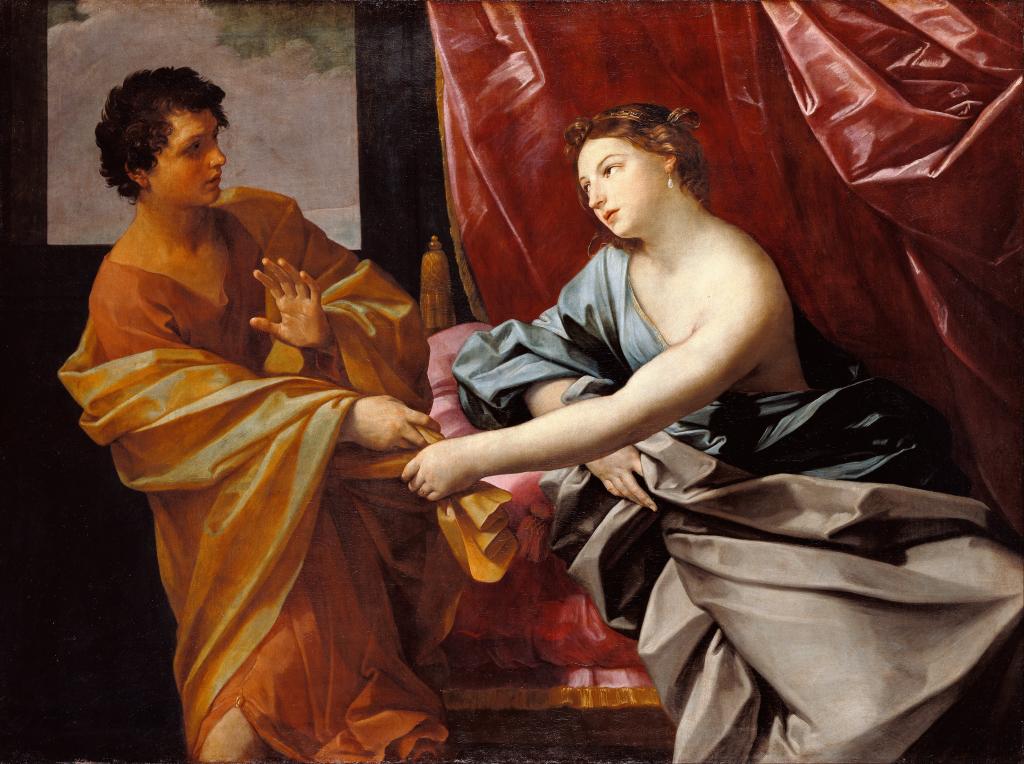If one were to rank the issues about which the Church of Jesus Christ of Latter-day Saints is most sensitive, near the very top of the list would be the persistant accusation that Mormons are somehow not Christians. This is literally the first question in the FAQ section at www.mormon.org.
In responding to this charge over many decades, the church has sought to emphasize its Christian identity. Besides numerous discourses on the subject, the Church has projected a Christian image through the use of visual and material culture. For the 1964-65 World’s Fair in Queens, New York, the Church acquired and displayed its now iconic reproduction of Bertel Thorvaldsen’s “Christus” statue, which appears on numerous websites and publications. In 1996, the Church changed its logo to feature the words “Jesus Christ” more than twice the size of the other words in the name. The image was meant to communicate the centrality of Jesus Christ to the faith. Church leaders continue to offer impassioned sermons on the topic in recent years.
This election season has brought out renewed efforts from some evangelical leaders to “clarify” for their audiences that, in spite of being permitted to vote for a Mormon candidate for president, they are under no circumstances to consider Mormonism a part of Christianity. This policing of the boundaries of Christianity raises the question of who gets to decide what Christianity is. Different Christians have drawn the boundary differently, depending on whom they are seeking to exclude. For many centuries Protestants drew the boundaries such that Catholics were out of the fold of Christianity, commonly charging the Pope as the Antichrist. Catholics returned the favor. Devastating wars were fought in Europe over precisely who was a Christian and who was not.
The contestation among Christians of all kinds over what it means to be a Christian underscores the fact that this is a contested category. There is no single definition of Christianity. Adolf von Harnack, one of the foremost Lutheran theologians of the nineteenth century, sought to identify the essence of Christianity in his volume, What is Christianity? He rejected the creeds, and any definition of religion which relied on “doctrines, regulations, ordinances, and forms of public worship.” He bitterly complained against an understanding of Christianity in which
the living faith seems to be transformed into a creed to be believed; devotion to Christ, into Christology; the ardent hope for the coming of ‘the kingdom,’ into a doctrine of immortality and deification; prophesy, into technical exegesis and theological learning; the ministers of the Spirit, into clerics; the brothers, into laymen in a state of tutelage; miracles and miraculous cures disappear altogether, or else are priestly devices; fervent prayers become solemn hymns and litanies; the “Spirit” becomes law and compulsion. (Harnack, What is Christianity?, 193)
Harnack’s remarks are inspired by the similar kind of originalism that moved nineteenth century Mormonism’s Restoration perspective, an attempt to clear the historical board of learned theology and high church ritual and return to the “original purity” of early Christianity. There is no question that Harnack and Mormonism see many fundamental aspects of faith quite differently, but there is much here that resonates for Mormons, most importantly the notion that Christianity is not about adherence to dogmas, but about life of faith.
It is easy for historians to discern today that Harnack’s understanding of early Christianity was deeply shaped by the theological frameworks of his own time. Despite being a sophisticated scholar, he depicts early Christianity in his own image. Those who are invested in a particular image of Christianity for their own normative purposes represent this image as self-evident, while to others it appears an a self-evident construction. The question is whether any definition of Christianity which starts from the idea that it has an atemporal, non-historically bounded “essence” can succeed.
Social theory may offer more help than theology in understanding how the boundaries of Christianity are created and enforced. Identity requires both a sameness and a difference over and against which to define oneself. In order for there to be an inside, there must also be an outside. The self always needs an other, and there is no other which is more fraught than the intimate other, who appears so similar as to be almost indistinguishable. Lines must be produced and guarded in order to protect a particular understanding of what counts as Christianity.
Definitions of Christianity that seek to portray its essence are arguments about what that essences should be, not objective descriptions of fact. They assume the very thing they are trying to prove. Such definitions are rhetorical and ideological, producing similarities between themselves and what they see as authentic Christianity, and downplaying the differences. Those that represent the boundaries as natural and fixed also represent themselves as atemporal, outside of the tumults of time and space. But we know that such definitions fail the test of time.
If our definitions are always provisional, historically situated, and subject to change, what considerations should we make in determining the boundaries of Christianity? One consideration must be the ethical. As countless scholars have pointed out, the process of drawing boundaries can be fraught ethically. Is it just to exclude a group who claim the title of Christians? In answering this question it is useful to consider how defining some people as “outsiders,” as lacking a claim to some standard of authenticity, is the fundamental ideology behind so many of the ugly prejudices in this world. The Christianity police are often guilty of police brutality more than protection of their constituents. Defining Mormonism out of Christianity sets, and follows, a troubling precedent.











